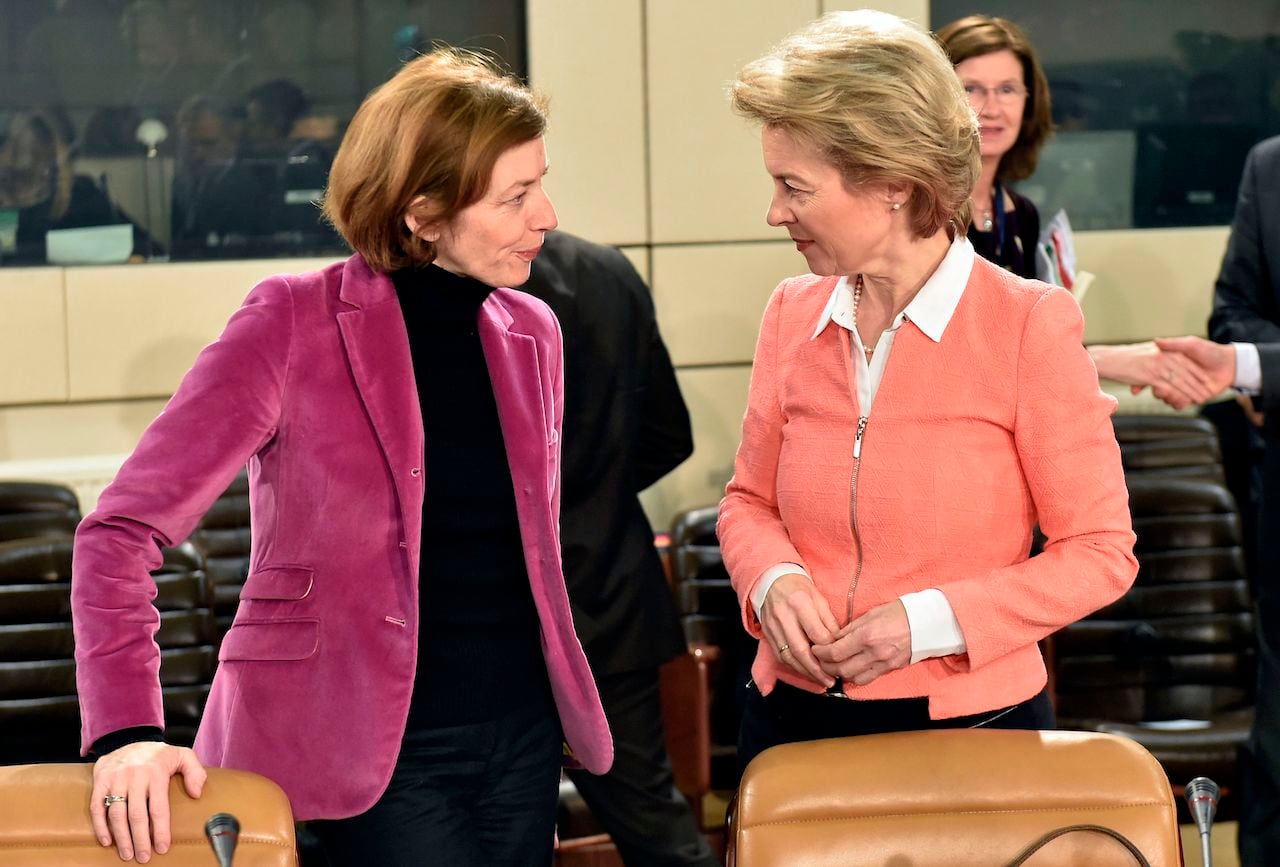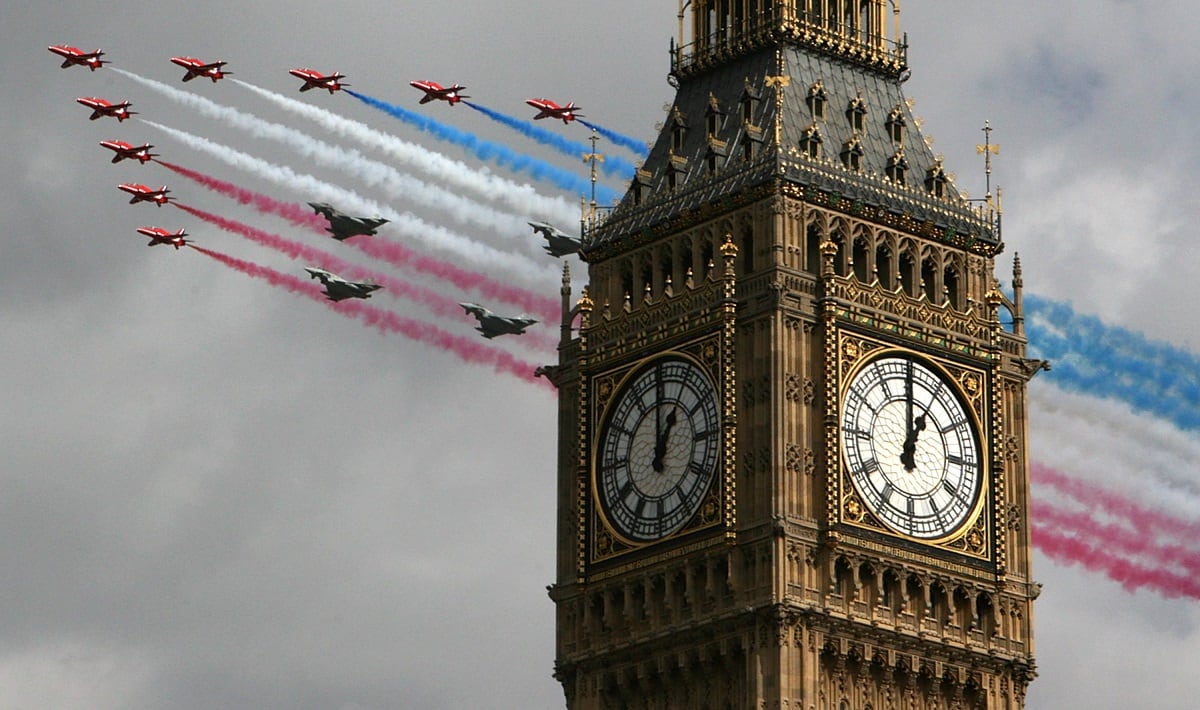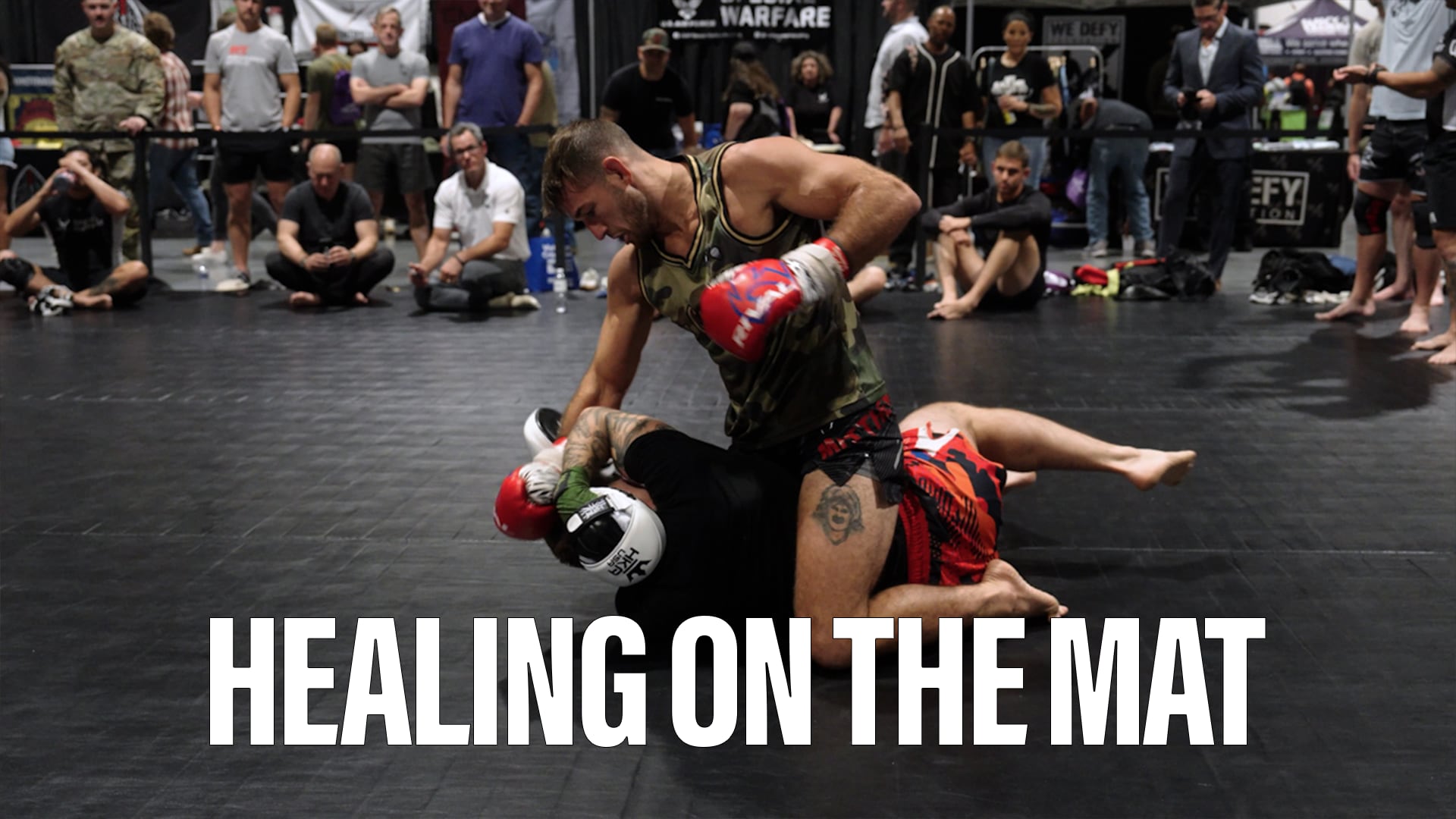LONDON - The head of Airbus’s defense operation has urged European combat air companies to unite behind a single program -- or face the prospect of the region falling into the second division of world fighter producers.
“I strongly believe it has to be a full European solution [for a new combat air program]. Two or more different solutions is not sustainable, it will bring Europe into the second league,” Dirk Hoke, the CEO of Airbus Defence and Space, told reporters at a pre-Farnborough air show briefing in London July 6.
Hoke said Europe capabilities wouldn’t survive a global competition if the market was further fragmented – a stark warning at time both the UK and a Franco-German project appear set to pursue dueling designs.
Europe currently has three 4th generation fighter programs that continue to sell well in international markets; Dassault Aviation’s Rafale, Eurofighter’s Typhoon and the Saab Gripen.
The French and Germans would like to eventually see that number whittled down to one 6th generation project, with them in the lead. Berlin and Paris have taken the first steps towards fielding a sixth generation fighter by around 2040. The two have made it clear that other nations can join up, but only a later date.
RELATED

One executive, who asked not to be named, said that the early work split on that program has Dassault as lead on the platform, and Airbus the integrator.
Efforts to create a Franco/German fighter program follow moves to strengthen defense co-operation between the two nations driven by French president Emmanuel Macron and German Chancellor Angela Merkel
Hoke said the cooperation agreement provides “a window of opportunity not seen before to strengthen Euro cooperation and especially using the Franco/German axis.”
Hoke said that cooperation discussions with the British, and in particular BAE Systems, could get underway once the terms for Britain’s exit from the European Union had been agreed. But he emphasized that the British could only join at a later stage.
Airbus CEO Tom Enders struck a similar note at the briefing regarding a possible position for the British on the future combat air program saying “the door is still open.”
The BAE View
The challenge for countries outside the initial French/German team up is figuring out exactly when and how other leading regional air combat systems suppliers, such as Sweden’s Saab, Italy’s Leonardo or the UK’s BAE and Rolls-Royce, might be allowed to get onboard.
And Chris Boardman, the group managing director BAE Systems Air, acknowledged that who works with who in any future fighter program is a political decision, not an industrial one.
“We know everybody [industrially] and can measure them, and they can measure us. It really is [down to] where the nations wish to collaborate,” he said during a briefing with reporters at BAE’s Walton fighter facility, where the company was showcasing its combat air and systems of systems capabilities ahead of Farnborough.
RELATED

Boardman also reckons NATO should be the glue that binds the program together, not the European Union
“My personnel view is not to put NATO to one side. What’s the binding element in this, the European Union or NATO? It’s a fundamental issue about NATO, therefore NATO members are most likely to move out first in terms of deciding what they want,” he said.
“It doesn’t preclude others, and importantly many other nations around the world have said they are going to have a new program. We don’t ignore that otherwise, we would not be working in Turkey today,” Boardman added.
The BAE air operations boss though said experience suggested there might be a few twists and turns on the collaboration front before a program in Europe got nailed down.
“I’m less bothered about specific initiatives today. We have been through these environments before where everybody makes claims, commitments to work together, and then moves apart and some then come together for a future program.
“What’s important to me is we get clarity on a British combat air strategy that gives us a platform to work from, “Boardman told reporters during a briefing on the company’s fighter programs and systems of systems work at its Warton facility in north west England.
The British Government is set to announce a combat air strategy mid-July, which could be the starting point for a British-led program -- or least set out a development road map that helps ensure industry here gets a seat at the top table, if it comes to apportioning roles in a future European or international fighter.
Dave Armstrong, BAE Air’s director for Europe and International, said that “we have our own intentions of where we want to go. We will have to navigate Brexit, we will have to navigate through what the French and Germans are doing, but we have a clear vision of where we want to be.
“We want to be at the center of a future combat air systems, we want to be part of a future fighter and want to provide sovereign capabilities for air forces.”
The BAE executives said that the companies input into the Typhoon and fifth generation F-35 programs industrially, and in operational support such as mission planning expertise, gave them know how unrivalled anywhere else in Europe.
The Financial Times reported earlier this week that BAE and Saab had already had exploratory discussions about possible co-operation.
BAE is also already working with Turkey providing expertise on a new generation jet air superiority fighter known as the TF-X. Britain also has an agreement with Japan to take a look at a possible tie-up.
Andrew Chuter is the United Kingdom correspondent for Defense News.








